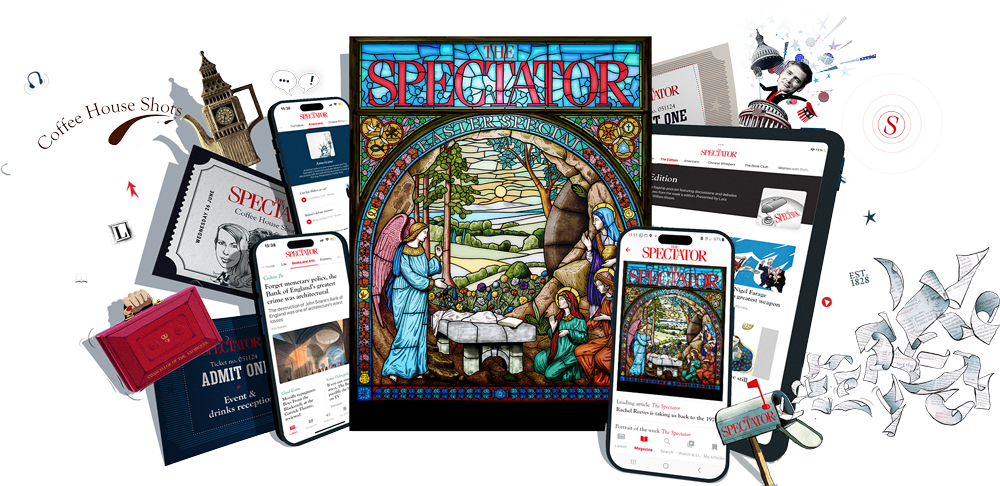It is a century and a half since The Spectator noted the exceptional qualities of South Australia, a colony of free settlers untainted — unlike the rest of the continent — by the convict stain. ‘Everywhere … the enclosures over miles of plain, the hedged gardens, the well-grown orchards and well-appointed homesteads, proclaim the possession of the land by an industrious and thrifty yeomanry,’ wrote a Mr Wilson in these pages in 1866. ‘It is England in miniature, England without its poverty … with a finer climate, a virgin soil … more liberal institutions and a happier people.’
These days, alas, the ‘thrifty yeomanry’ has to support a ballooning public sector, and the state, once a manufacturing powerhouse, wrestles with Tasmania to stay out of last place in the league table of Australian prosperity. Yet this misfortune has an upside. There has been no money to demolish anything in South Australia — it’s like an antipod-ean Havana. The first place in the world to allow women to stand for parliament now feels like the land that time forgot.
This time warp is intoxicating in the Clare Valley, a wine region settled in 1840, only four years after the colony was proclaimed. In the 1840s, South Australia was described as a land of ‘chapels, bibles and religious enjoyment’, but don’t be deceived — as soon as the Jesuits arrived (after being kicked out of Austria by the Habsburgs in 1848), they built the Sevenhill winery. It’s still going strong. Other settlers planted more vines and built sandstone homes and five small towns, none of which has been much changed since. Now there are almost 50 wineries — it’s southern France, but with added kangaroos. This is the home of Australian Riesling.








Comments
Join the debate for just £1 a month
Be part of the conversation with other Spectator readers by getting your first three months for £3.
UNLOCK ACCESS Just £1 a monthAlready a subscriber? Log in